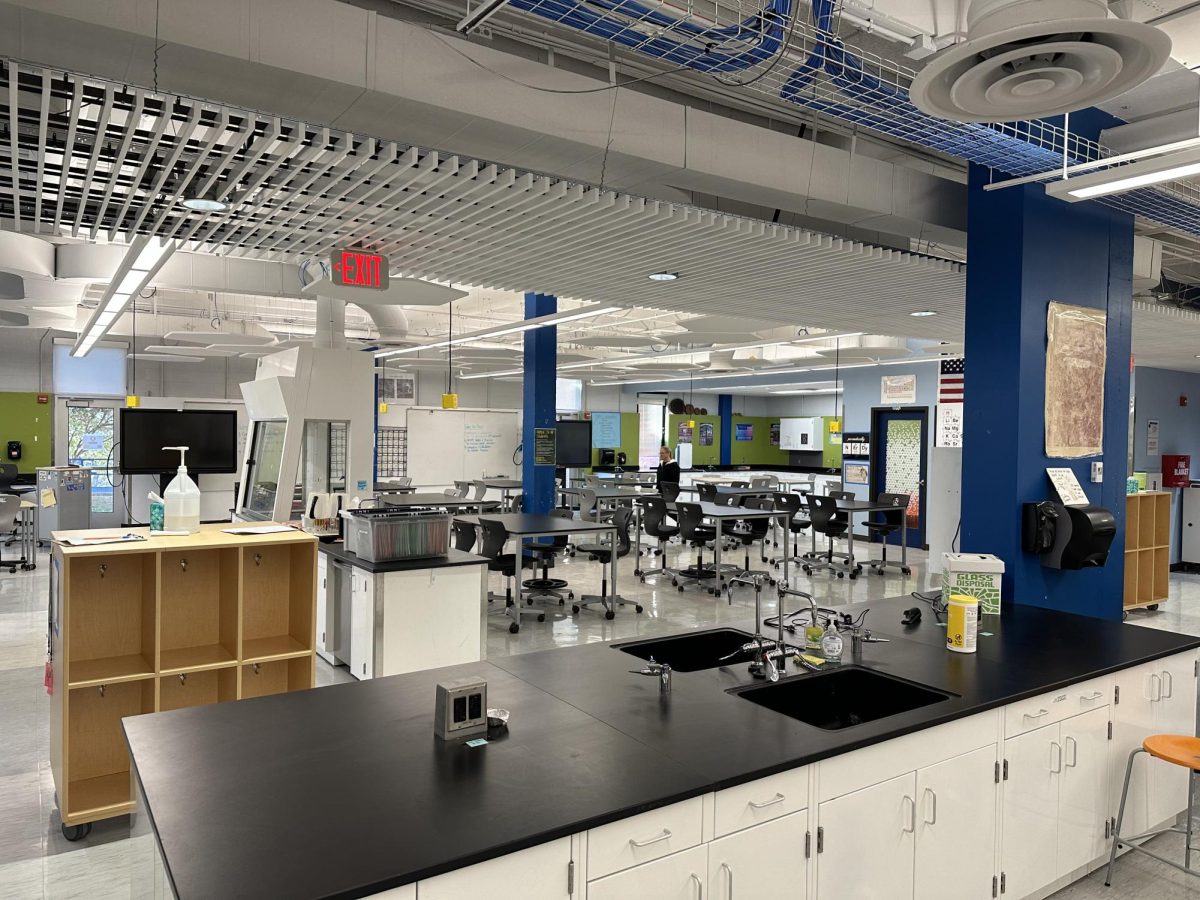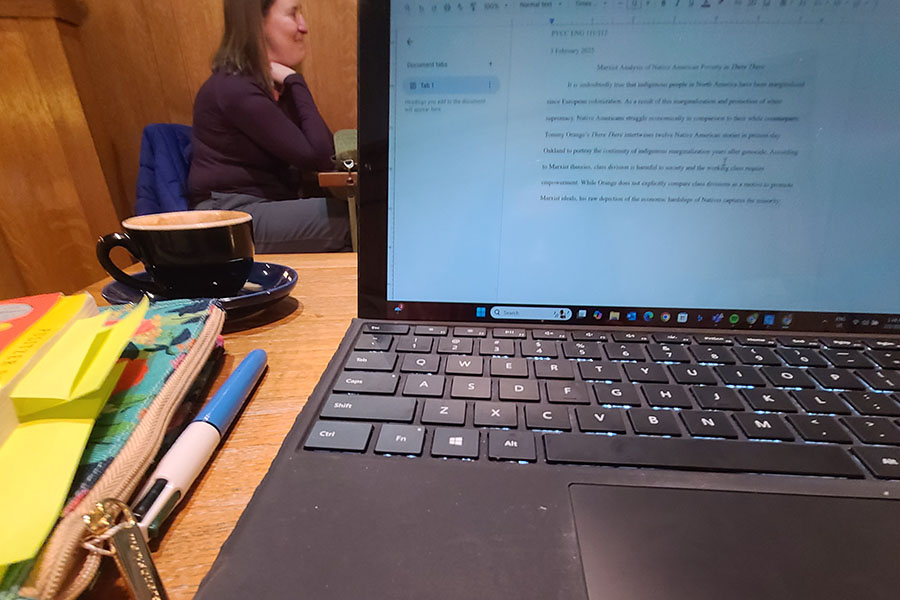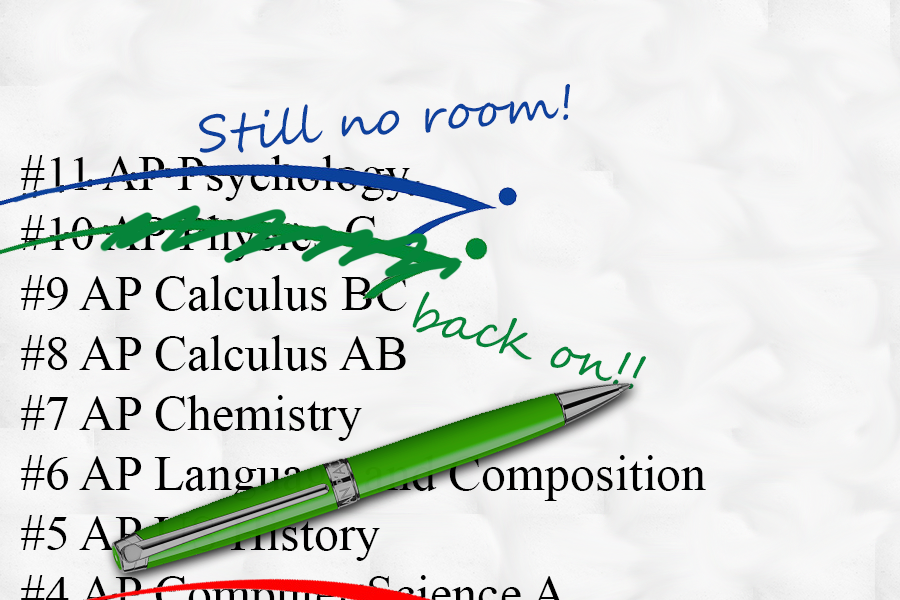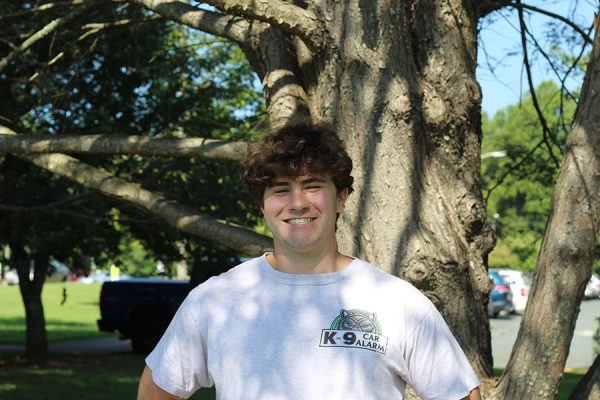Last year, it was rumored that the parking lot was getting an extension with more spots after years of advocacy from the student body. Instead, when students returned, there were renovations to the bathrooms, a new wall in the E-wing, and painted walls in the cafeteria. Although the changes may be surprising, updates to the school have always been predictably unpredictable at WAHS.
In 2016, many teachers felt a similar shock as they came back to school. Four classrooms had collapsible walls installed, unbeknownst to the teachers, for a new World Studies program. The new classrooms emulated the structure used for the longstanding American studies program, combining history and English classes with retractable walls.
“I was unaware that they were doing major renovations to our classroom until the end of June,” said Mr. Bledsoe, a history teacher who worked in the American Studies model but had one of the rooms that was renovated over the summer in 2016.
More than just the surprise of coming back to a new room, Bledsoe recounted the speed of these renovations as extra stressful for teachers. He said, “When we came in for the start of the school year the rooms weren’t finished.”
For Bledsoe and other teachers, this disrupted the crucial time before the school year began. The uncertainty of when the new rooms would be finished meant that teachers had no clue what to prepare for on day one.
Despite the short notice and slow completion, the World Studies teachers recount the program as a success. Dottie Akers-Pecht, a language arts teacher who taught World Studies, said “it was really helpful to have interdisciplinary programs where what you’re learning in history is supported in English.”
Unfortunately, soon after its inception, the program was killed along with its older counterpart, American Studies. After the pandemic started in 2019, the program was deemed no longer viable by the county in 2020.
Reminiscent of its start, the ending of these programs didn’t involve teachers. Bledsoe said “I wasn’t talked to about it at all. I can’t speak for other teachers, but I don’t know many teachers who were spoken to at all about this.”
Although the folding walls still offer greater flexibility, the money spent just 4 years earlier to establish the program was no longer serving its intended purpose. This frustrating redundancy isn’t a singular occurrence in Albemarle County Public Schools.
In 2016, a bond referendum was passed by the people of Albemarle County providing tens of millions in funding for Albemarle County Public Schools. The goal was to modernize and revolutionize old school spaces, and millions of dollars were allocated to updates for the WAHS building. At some point, it was decided that these renovations would be given to the science department of WAHS.
In the beginning, science teachers were excited and involved in the renovations. Mrs Karpovich, a chemistry teacher, said “The entire science department was actually asked to go out and visit high schools across the state to… look at classroom laboratory spaces, or combined classroom laboratory spaces.”
Karpovich recalled that the science teachers had made a list of requests, and a presentation for the county. She said, “ With our (presentation), and lists of wants and don’t want, pretty much all of our recommendations were ignored.”
Despite teacher involvement, the county’s vision from the start had been a large open classroom which supported co-teaching scenarios. Subsequently, three classrooms and a hallway were all formed into the tri-lab, and additional construction yielded the two open classrooms on both levels of the E-Wing.
The model of multiple lessons going at once was then utilized in the E-wing and tri-lab classrooms to little success. Teachers recall the model as being clunky and hurting students. Karpovich said “It was just distracting. It just meant that there was always a significant amount of background noise for students on both sides of the classroom.”
Karpovich also recalled more students acting out during class. Karpovich said, “Those are the classes where we saw significant behavioral issues, as well as [hurting] students that were more prone to not having academic success in the classroom.”
Just as teacher recommendations had taken into account, the rooms were not useful in practice. Regardless, teachers have figured out ways to teach and use the rooms to their full potential, despite the clunkiness of the model.
Recently, though, teachers have also had some administrative help. Jennifer Sublette, WAHS’ principal, was left with these issues from her predecessors and is well aware of both the positive and negative aspects of these classrooms. Sublette said, “I think it is interesting to have a few spaces in the school that have greater flexibility. Because everything else … It’s just very much homogeneous.”
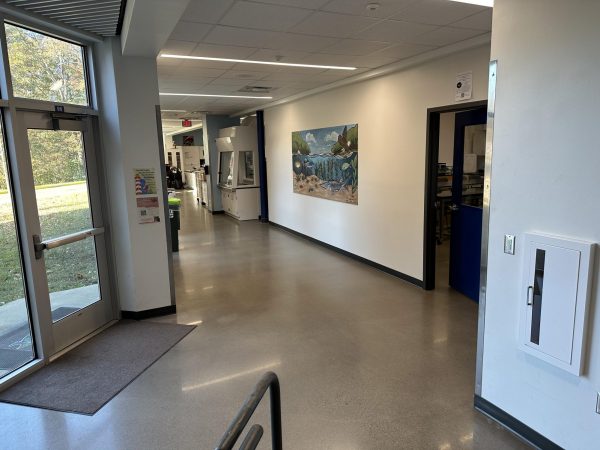
Despite this, Sublette also recognizes the shortcomings of the rooms. Sublette said, “In some of the scheduling last year, we had entirely different disciplines sharing the second floor of the E-Wing. That was really challenging because then there’s not a reason for the other 25 people that are there.”
By working together with teachers to create careful scheduling, Sublette has managed to help facilitate some greater success in the spaces. Karpovich specifically cited Sublette’s efforts to create positive scheduling as crucial in improving her ability to effectively teach in the space.
Past scheduling, Sublette has also addressed these problems with renovations to the open-concept room in the lower E-wing. Sublette and the science department together deemed that specific open-concept space unnecessary and erected a wall that split the larger classroom into two separate spaces.
The open classroom model is not being completely abandoned according to Sublette, but her recognition and action towards improving their use has led to greater success for teachers. To the teacher’s delight, Sublette seems to have broken the pattern of surprising teachers with renovations by involving them in the process.
Although value has been found in these renovations as they have aged, what is also true is that a maximum of two classes worth of students end up utilizing the tri-lab at any given time. Also, there is often only one class worth of students in the tri-lab, which was three classrooms before renovations. Although this allotment is definitely the best thing for students, in a time when WAHS has had to build external buildings, like the Pods, to house classes, it raises questions about whether there should have been more planning during the renovations in the first place.
Compounded with other renovations for the World Studies program, and other changes like those to the ACPS academy system, the Tri-Lab renovations highlight a problem with foresight in Albemarle County. Repeatedly, money has been allocated to programs, like the Tri-lab, that jostle teachers around or have foreseeable problems. These programs take little to no input from the teachers. Then, after teachers spend time and energy to make these new programs or spaces work, they are abandoned. Past the troubling financial aspects of this practice, it shows a lack of awareness and consideration, at the county level, towards the commitments teachers have made towards making these programs function.
Avoiding redundancy is something that Albemarle County needs to focus on in the future for the benefit of students and teachers. With efforts like Sublettes, we’ve seen working with teachers, who are the experts on what works in the classroom, has been shown to help at WAHS. Within future innovations, incorporating them more in the process could reduce redundancy and increase productivity in these programs. Hopefully, with greater communication, future renovations can lead to better outcomes for students, teachers, and admin, and be a little less surprising.



